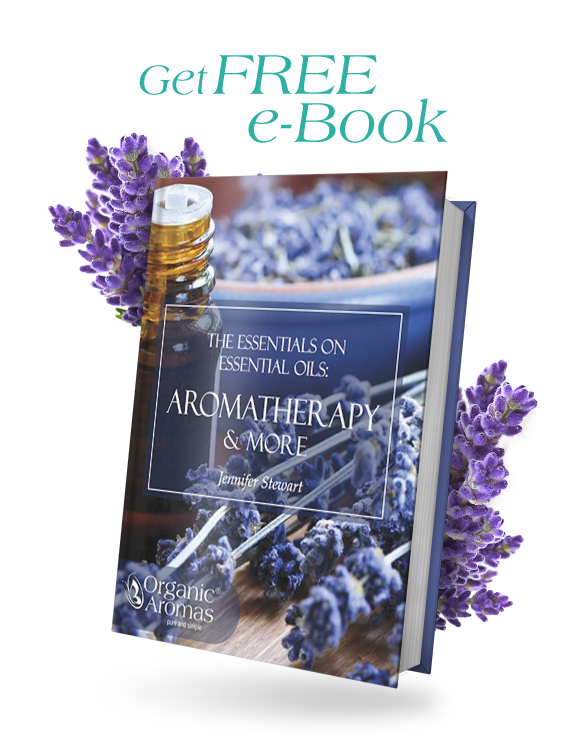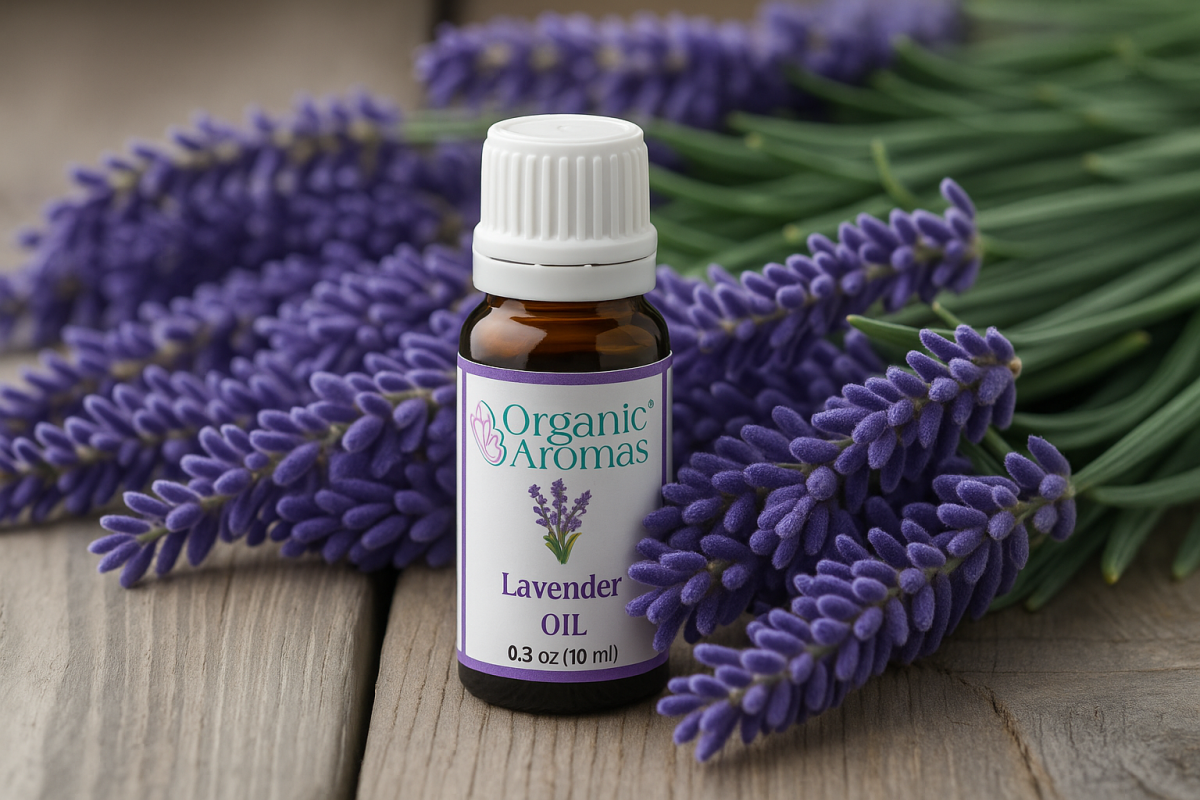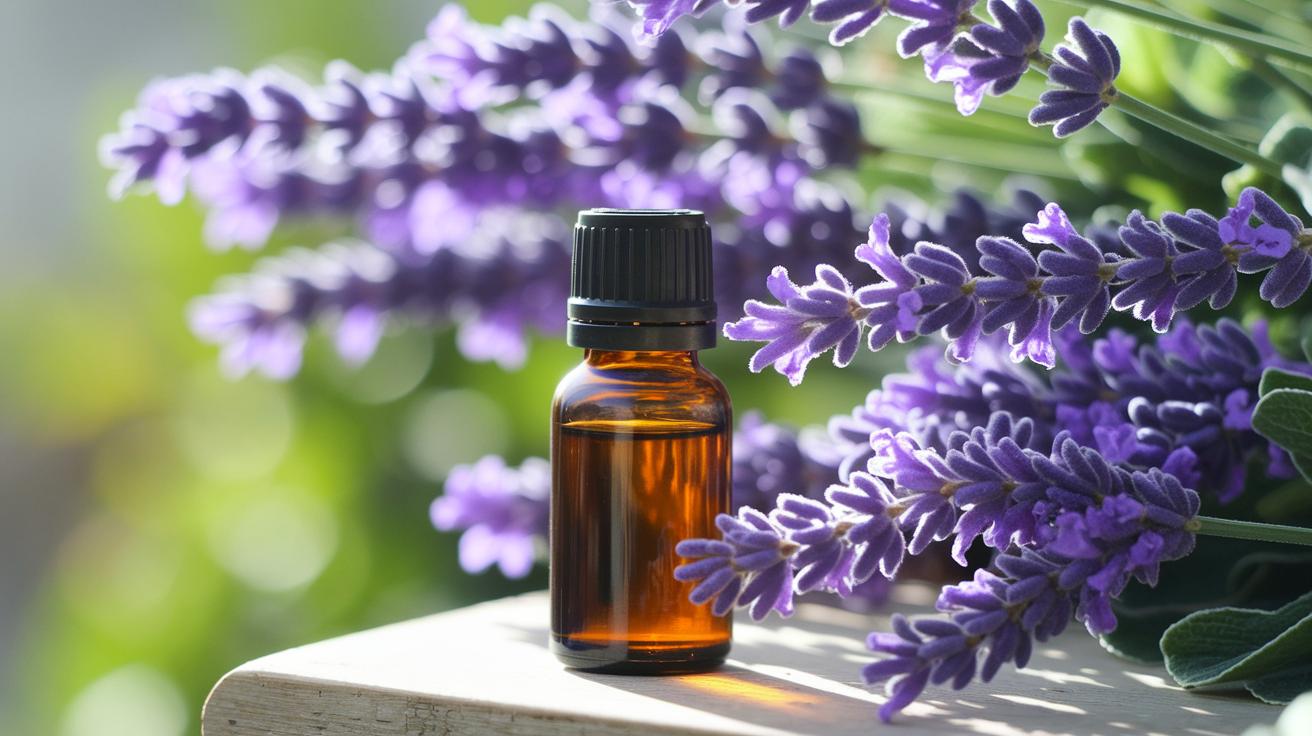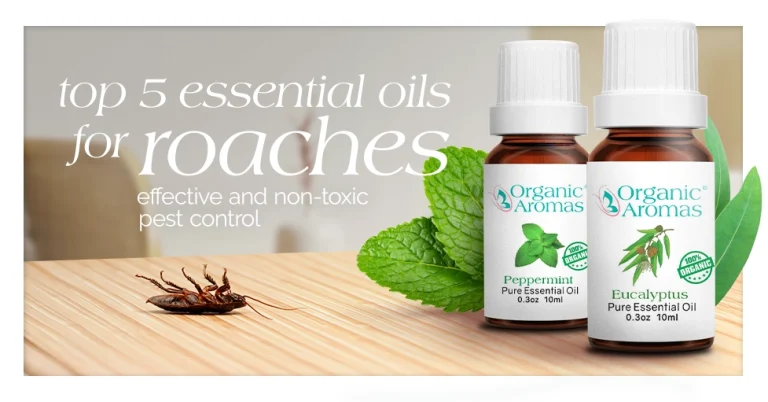5 Does Lavender Essential Oil Repel Mosquitoes Effective
Ever sprayed bug spray and ended up smelling like a chemistry lab?
What if you could swap that stiff scent for a gentle lavender mist that still helps keep mosquitoes at bay?
Imagine an evening breeze filled with soft floral whispers, where you enjoy the outdoors without the harsh smell or constant swatting.
Studies show lavender essential oil (a concentrated plant extract) can block about 80 percent of mosquito bites near windows and doorways.
So you’re keeping mosquitoes away without harsh chemicals.
And you get to breathe in a calm, floral aroma instead of chemical fumes.
Here’s why a few drops of lavender oil might be your next summer must-have for chemical-free mosquito defense.
Just add three to five drops of lavender oil to a spray bottle, fill it with water, and mist doorways or your favorite outdoor nook.
Then relax and enjoy a bite-free evening.
Lavender Essential Oil’s Mosquito Repellent Efficacy

Yes, lavender essential oil makes a friendly guard around your space. A 2019 NIH study in animals showed about 80% protection when lavender mist met doorways and windows. And back in 2009, researchers found that linalool (the main scent molecule) kept 58% of mosquitoes away outdoors and 93% inside. That soft floral aroma feels like a gentle breeze that keeps uninvited guests at bay.
Of course, DEET gives about 95% protection. But it often comes with warnings for young children and can leave a heavy chemical smell. Lavender, in contrast, slides on as a soft floral mist. Parents can use it on kids over two years old with less worry. Then you get comfort instead of harsh chemicals. It still works well for most backyard evenings.
Lavender does more than keep bugs away. It soothes the itch of stray bites and eases your mind before bedtime. Have you felt how a breath of lavender calms your thoughts? It turns your patio into a mini spa. Breathe in that soft floral mist and let tension melt away.
Using lavender as a bug barrier is simple:
- First, add 20-25 drops of Lavender essential oil to your Organic Aromas raindrop diffuser (how a fine mist delivers undiluted essential oils) .
- Then, enjoy 30 minutes of gentle mist around windows or seating areas.
Or mix five drops of Lavender oil with one ounce of carrier oil (like jojoba) for a skin-safe spray.
No greasy streaks. Just wellness and peace of mind in every breath.
Breathe. Relax.

Sign Up to Get Your FREE
e-Book Here…
How Lavender’s Active Compound Linalool Alters Mosquito Behavior
Have you noticed how a whiff of lavender soothes your mind? That gentle aroma comes from linalool (a gentle scent molecule) and linalyl acetate (a partner aroma compound). When mosquitoes catch that scent, these tiny molecules drift into their antennae. They flood their olfactory receptors (the parts that help them smell us).
Normally, mosquitoes track us by our carbon dioxide breath or sweat. But lavender’s volatiles mask those signals and jam their scent trail. They get confused and turn away. It feels a bit like a soft floral wave blocking their radio signal.
In truth, this natural masking works much like DEET, our synthetic shield, but it’s plant based and leaves a fresh mist instead of a heavy chemical odor. And linalool’s bug-repellent powers don’t stop at mosquitoes. Fleas, ticks, even moths sense that floral note and steer clear too.
So next time you light a diffuser or spritz a lavender mist, you’re not just winding down. You’re creating a little scent barrier that keeps critters from crashing your backyard chill time. Breathe. Calm.
Comparing Lavender to Citronella and Other Natural Repellents

Have you ever wondered which natural oil keeps bugs away and still feels gentle on your skin? Lavender often matches or even outshines citronella’s 65% repellent rate (how well it keeps insects away) over two to three hours. Its soft floral mist invites calm while protecting your outdoor moments.
Essential oils come in many scents and strengths. Catnip oil hit 90% repellency (how well it keeps insects away) in a 2005 DEET study (DEET is a common chemical repellent). Tea tree oil gave 70% indoor protection and it’s an anti-inflammatory (so it helps soothe redness). Peppermint adds a cool minty breeze, lemon eucalyptus has CDC (Centers for Disease Control and Prevention) praise, and clary sage zeroes in on tiger mosquitoes.
And lavender adds a touch of calm that even soothes stray bite tingles.
| Essential Oil | Repellent Efficacy | Additional Notes |
|---|---|---|
| Lavender | 80% (8 hours) | Soft scent, soothes bites |
| Citronella | 65% (2–3 hours) | Familiar outdoor candle aroma |
| Catnip | 90% (DEET study) | Outperformed DEET in tests |
| Tea Tree | 70% (indoor) | Anti-inflammatory |
| Peppermint | 60% (outdoor) | Cooling effect |
DIY Lavender Mosquito Spray and Ointment Recipes

Ever wish you could enjoy a warm evening outdoors without the buzz of mosquitoes?
Imagine a soft lavender mist drifting around you, keeping bugs at bay.
Let’s make two easy, natural recipes to protect your skin and soothe any bites.
DIY Lavender Mosquito Spray
A cooling mist that smells like a summer garden and shields you from pesky bugs.
Have you felt how a single breath of lavender calms your mind? This spray pairs that gentle scent with bug protection. It’s light. It’s fresh. And it’s easy to tuck into your bag.
Ingredients
- 1 teaspoon carrier oil (a mild oil like coconut, jojoba, or almond)
- 1 teaspoon witch hazel (a plant extract) or vodka
- 1.5 tablespoons distilled water
- 15–25 drops lavender essential oil (pure oil from lavender flowers)
Steps
- Add the carrier oil and witch hazel to a 2-ounce spray bottle.
- Pour in the distilled water.
- Drop in the lavender essential oil.
- Shake for about 15 seconds until the mixture looks cloudy.
- Hold the bottle 6–8 inches from your skin and mist gently, avoiding eyes and mouth.
Storage & Use
Store in a cool, dark spot and give it a gentle shake before each use.
Reapply every two to three hours, especially after swimming or heavy sweating.
DIY Lavender Mosquito Ointment
A balmy stick that eases itching and offers steady, skin-friendly protection.
Feeling itchy after a bite? This stick glides on like a soothing balm. It’s solid at room temperature but melts on contact, leaving only the soft scent of lavender behind.
Ingredients
- 1 tablespoon beeswax pellets (small bits of wax from bees)
- 1 tablespoon solid coconut oil
- 10–30 drops lavender essential oil (pure oil from lavender flowers)
Steps
- Melt the beeswax pellets and coconut oil over low heat or in a double boiler until fully liquid.
- Remove from heat and let the mix cool just a bit so it starts to thicken.
- Stir in the lavender essential oil until the scent spreads evenly.
- Pour the blend into a small dark glass jar and seal it tight.
- Pop it into the fridge until it sets into a solid balm.
Storage & Use
Keep the jar chilled for up to three months. Scoop a pea-size amount onto your skin as needed for itch relief and gentle bug defense.
Lavender Essential Oil 100% Pure Organic
Recommended Dilution and Concentration Guidelines
We want your blends to feel as gentle as a soft breeze on your skin! So let’s start with a quick patch test. Have you ever felt a sting from a new oil mix? A little check now can save a lot of trouble later.
| Application | Ratio | Notes |
|---|---|---|
| Topical Dilution | 5 drops of essential oil per 1 oz carrier oil (oil you rub on skin) | Use coconut or jojoba oil as your carrier |
| Spray Blend | 20-25 drops of essential oil per 2 oz distilled water | Shake before you mist |
| Patch Test | 1 drop | Apply to inner elbow, cover with a bandage, check after 24 hours |
And remember to keep these blends far from your eyes, mouth, or any broken skin. If you notice redness or itching, wash it off right away. Um, store everything out of reach of kids.
Duration of Protection and Application Techniques with Lavender Oil

Have you noticed homemade sprays lose their buzz faster than DEET? They fade after a swim or a sweaty hike. So plan to reapply whenever that gentle lavender aroma starts to drift away.
For safe outdoor use, start with clean, dry skin. Then mist your lavender blend over exposed areas before you step into your backyard oasis. Wait a moment for it to sink in. You want it settled, not wet.
| Essential Oil | Dilution (per 1 oz carrier) | Notes |
|---|---|---|
| Lavender | 10–15 drops |
|
| Eucalyptus | 8–12 drops |
|
DIY Spray Recipe
- Combine 20 drops of Lavender oil, 2 oz distilled water and 1 tsp alcohol in a spray bottle
- Shake well before each use
- Hold the bottle 6–8 inches from your skin and mist in wide, sweeping arcs
- Reapply after swimming or heavy sweating
Diffuser Usage
Breathe. Relax.
Use a nebulizing diffuser (how a fine mist delivers undiluted essential oils) or a portable one to create a scent barrier around your seating areas. Place it downwind from where you’re sitting and away from strong breezes. Then let a soft wave of lavender aroma drift your way.
Safety Precautions, Allergy Risk, and Best Practices for Lavender Repellent

Alerts
- Don’t use on kids under two without checking with your doctor.
- And don’t diffuse (send a soft lavender mist) or apply it around pets without asking your vet.
Final Words
In the action, we explored lavender’s mosquito-repelling power with key studies – 80% success in the 2019 NIH trial and 58-93% in 2009 linalool tests. Then we compared it to DEET’s 95% efficacy, noting lavender’s gentle, child-safe profile.
We walked through DIY sprays, dilution charts, and application tips for lasting comfort. We rounded out with safety steps for patch tests and pet-friendly use.
With these insights, you can answer that question – does lavender essential oil repel mosquitoes – and enjoy a soothing, protected space every time.
FAQ
How long does lavender essential oil repel mosquitoes?
Lavender essential oil repels mosquitoes for up to eight hours in ideal conditions, with studies showing 80 percent efficacy (NIH) and 58–93 percent protection indoors and outdoors.
How do you use essential oils like lavender to repel mosquitoes?
To repel mosquitoes with essential oils like lavender, mix 10–20 drops into 1 ounce of carrier oil for topical use or add 15–25 drops to water plus witch hazel in a spray bottle and mist exposed skin.
How do you make an easy homemade mosquito repellent?
Making an easy homemade mosquito repellent involves combining 1 teaspoon carrier oil, 1 teaspoon witch hazel, 1.5 tablespoons water, and 15–20 drops lavender oil in a spray bottle; shake well before use.
How can I use an essential oil diffuser as a mosquito repellent?
Using a diffuser as a mosquito repellent requires adding 5–10 drops lavender or citronella oil to water, running the diffuser near seating areas, and keeping it on for 30–60 minutes to scent the air.
Which essential oil is best for mosquito repellent?
Lemon-eucalyptus oil is CDC-recognized and offers up to 90 percent protection; lavender, citronella, and peppermint also provide 60–80 percent repellent efficacy with natural, skin-friendly benefits.
Does lavender essential oil repel bed bugs?
Lavender essential oil can deter bed bugs by covering the smells that attract them and disrupting their behavior, but it may not fully eliminate an infestation and works best alongside other control methods.
Why do mosquitoes hate lavender and will they stay away?
Mosquitoes hate lavender because its linalool (plant compound that disrupts insect scent detection) aroma overwhelms their scent receptors, so lavender oil or plants can help keep them at bay for hours.
What scent do mosquitoes hate most?
Mosquitoes hate the lemon-eucalyptus scent most because its Citriodiol compound masks human odor effectively; they also avoid lavender, citronella, and peppermint due to their strong plant compounds.








